I was absolutely determined to make yogurt. Real, yummy delicious yogurt, the nice thick kind that can stand on its own in a dish, supporting a big spoon full of fruit.
Yogurt has so many good things going for it! I eat it almost daily and contribute my resistance to stomach viruses and my greatly improved acid-reflux to the habit. You can read more about the benefits and some tasty ways to use it in my “Ode to Yogurt” [2].
Attempts #1 and #2
Attempts 1 and 2 were made simultaneously. The only difference between the two was that #1 was made from pasteurized milk from the dairy and #2 was made from reconstituted powdered milk.
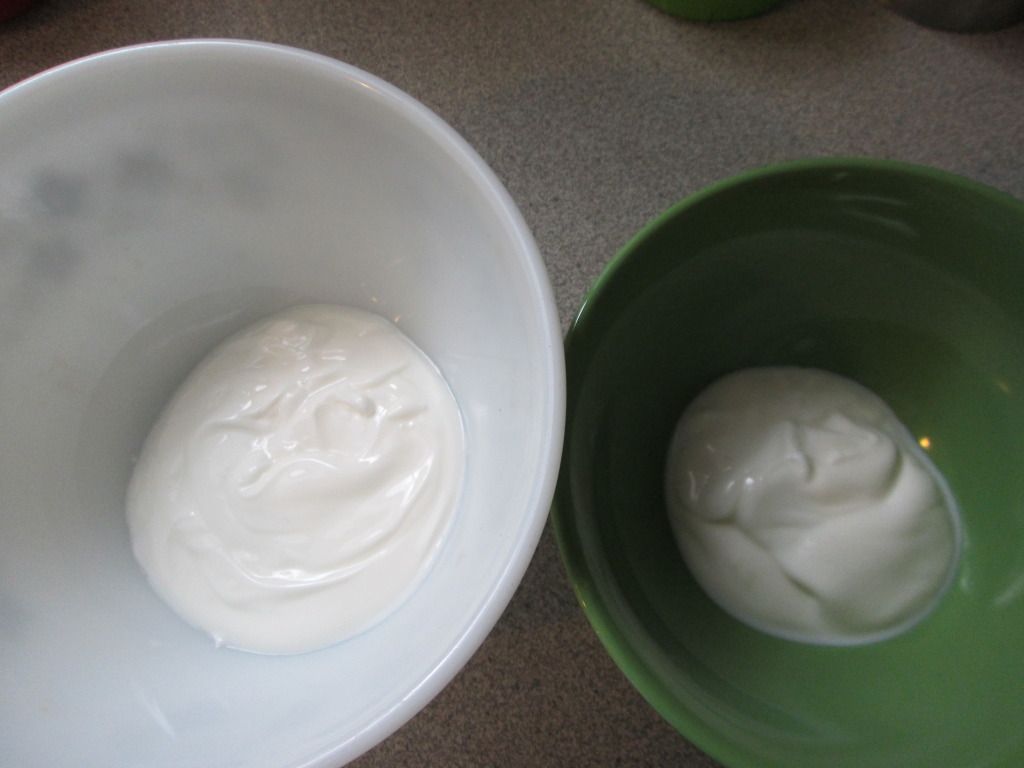
I used the “thermos” method, found in detail HERE.
Basically, the thermos method is as follows.
- Heat 1 cup of milk to 165-185 degrees F (use a candy thermometer – or, wait until you are starting to see some bubbles rising but the milk is not yet boiling).
- Remove the milk from the heat and allow it to drop to 105-110 degrees F.
- Gently stir in the starter (1 tablespoon of yogurt with live cultures). You want it to be well-combined but don’t use anything crazy like an immersion blender. Just a whisk will do.
- Immediately place the mixture into a thermos that has been warmed with hot water and put the lid on.
- Keep the thermos cozily wrapped in towels overnight (8-24 hours).
You should get up to delicious, rich, thick yogurt.
I, however, did NOT get up to delicious, rich, thick yogurt. I got up to runny, drink-it-through-a-straw yogurt. I was seriously bummed.
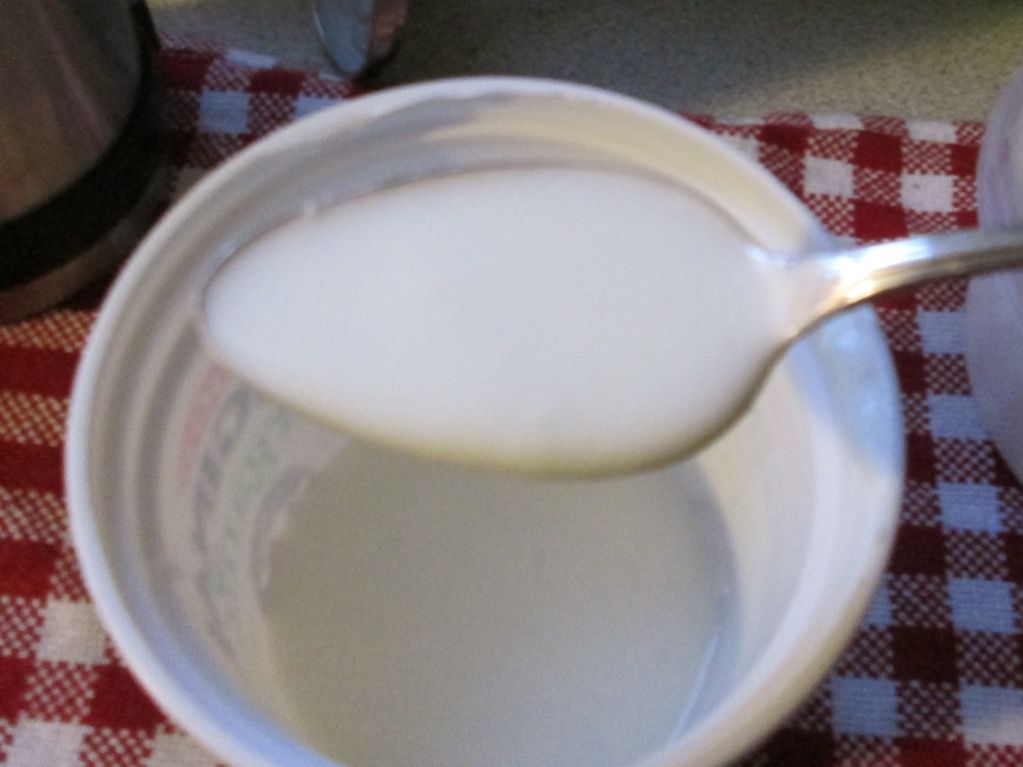
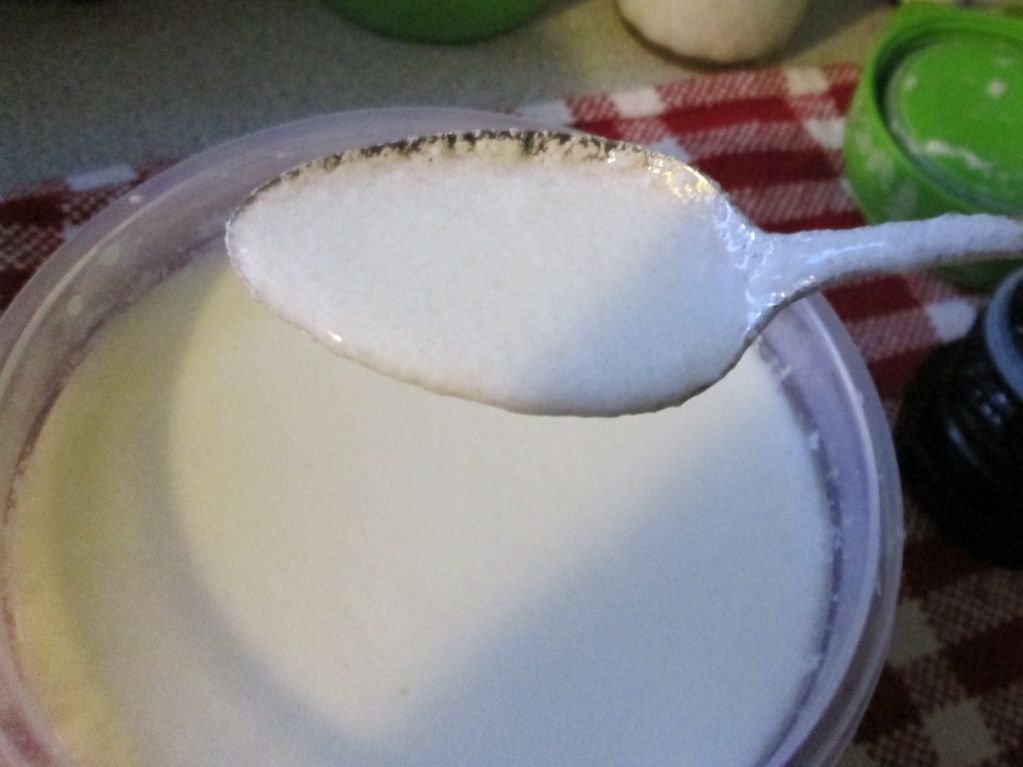
I noticed, however, that the powdered milk yogurt was thicker than the refrigerated milk yogurt. That got my wheels turning a little.
Attempts #3 and #4
In the face of my early morning disappointment, I decided to try a few different things with the next batches.
I searched up “Why is my thermos yogurt runny?” and found this awesome site, Not Quite Nigella [3], had some interesting suggestions.
My next two batches were made from a cup and a half of milk from the fridge with 1/3 of powdered milk stirred into it. I was hoping that if the milk was thicker to start with, so too would be my yogurt.
I made another attempt at the thermos method, described above, with half of the mixture.
With the other half, I tried the blog’s “oven method.”
While my milk mixture was heating on the stovetop, I turned the oven on to 300 degrees F.
I washed a pint Mason jar and filled it with scalding hot water to keep it warm.
When the milk had been innoculated with the culture, I poured the half that didn’t go into the thermos into the empty, warm jar and placed it on a pan, popped it in the oven, and turned off the heat. I left it in the warm oven for 5 hours.
Alas, it resulted in runny yogurt.
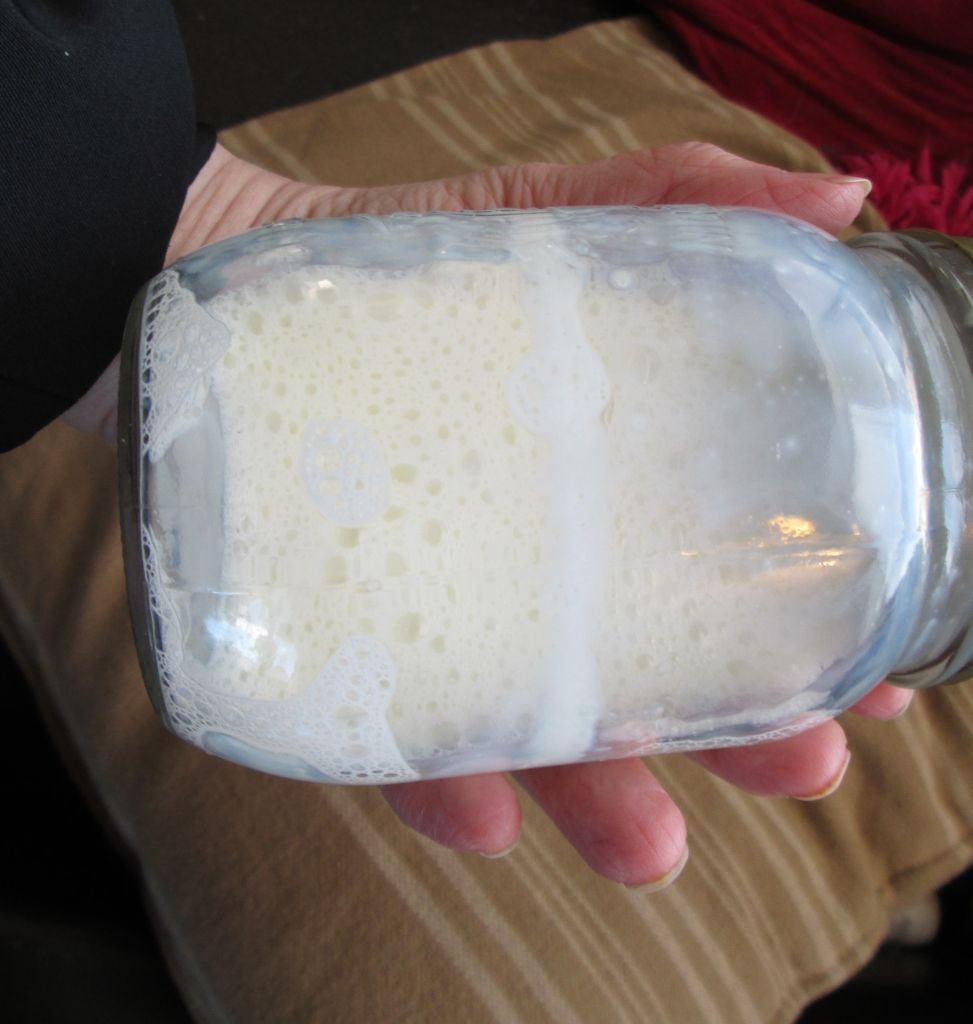
I had, at this point, reached my yogurt frustration threshold. I spoke rather impolitely to the yogurt in the thermos, wrapped snugly in its towel. I left the thermos on the stove while I baked a batch of cookies. I turned on the oven a couple of times to keep things warm in the kitchen. I strongly suspect my other failures are because my house is so chilly, a fact that is really only bothersome when making yogurt or waiting for bread to rise..
I left the thermos of yogurt for 11 hours. I opened it…and ……SUCCESS!!!!! Happy dance in the kitchen!!!!
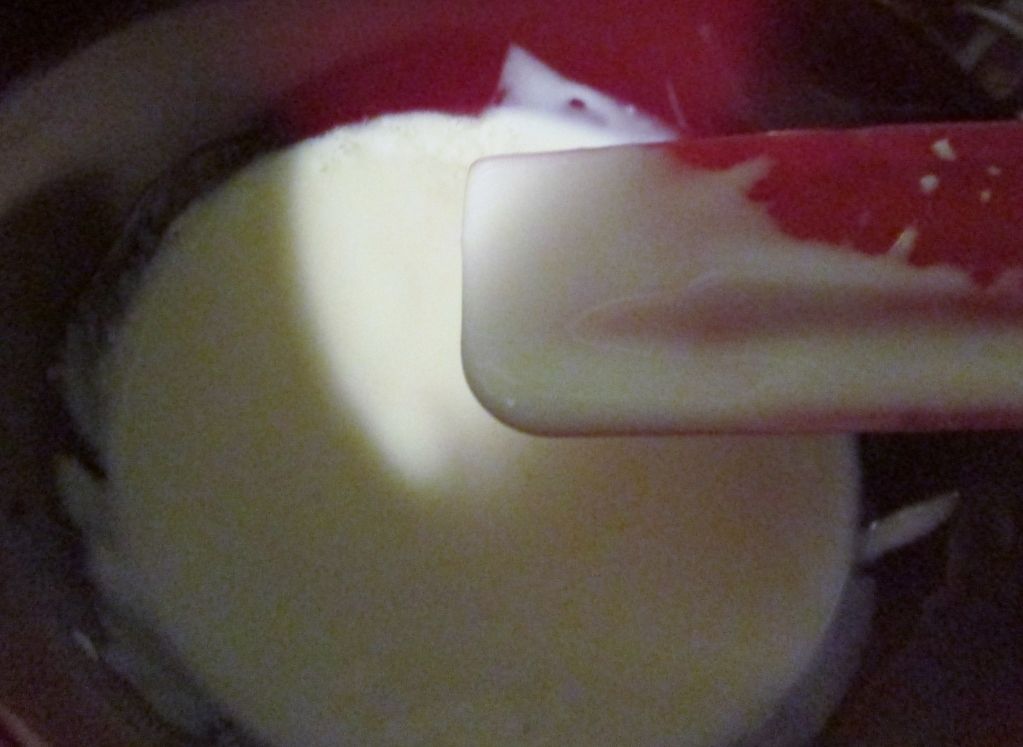
So, the keys to the successful batch of yogurt were…
- The thermos method
- Adding 1/3 cup of powdered milk to each 1-1/2 cup of regular milk
- Warming up the kitchen a few times throughout the day.